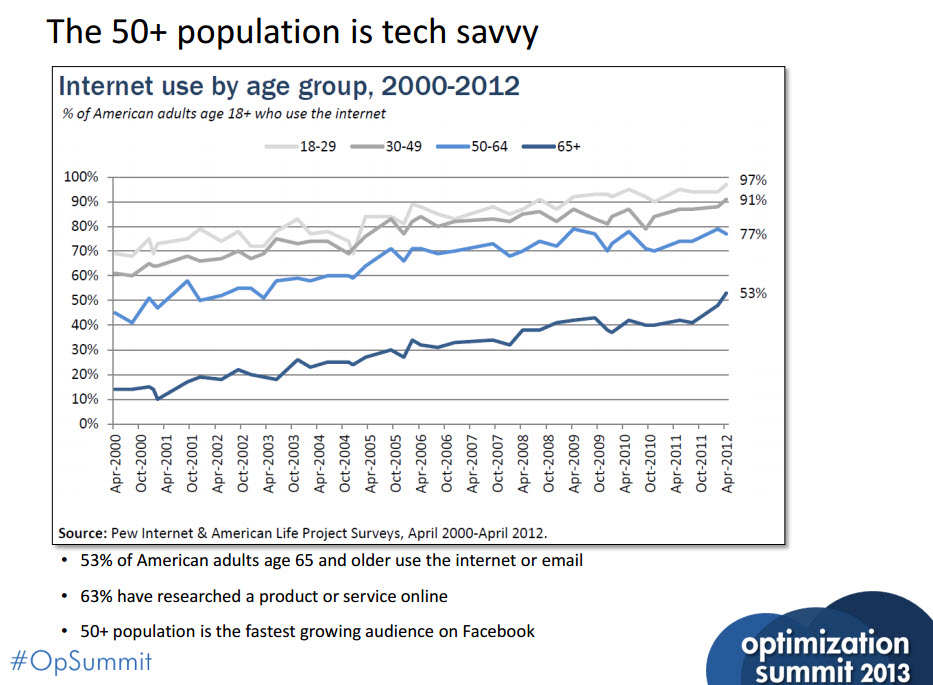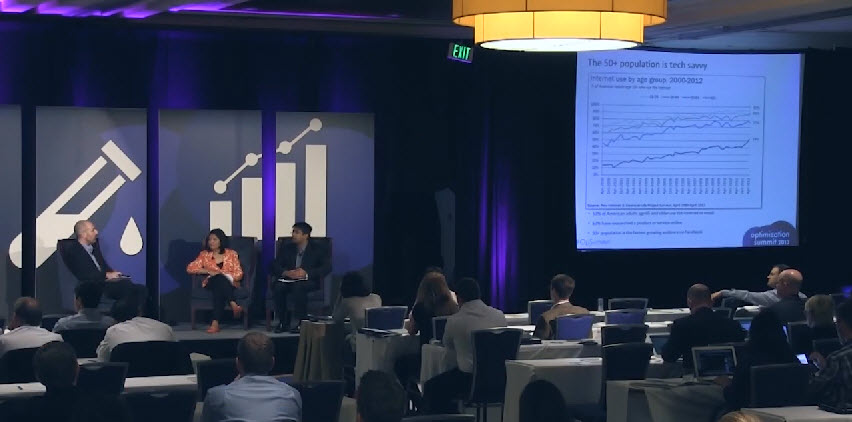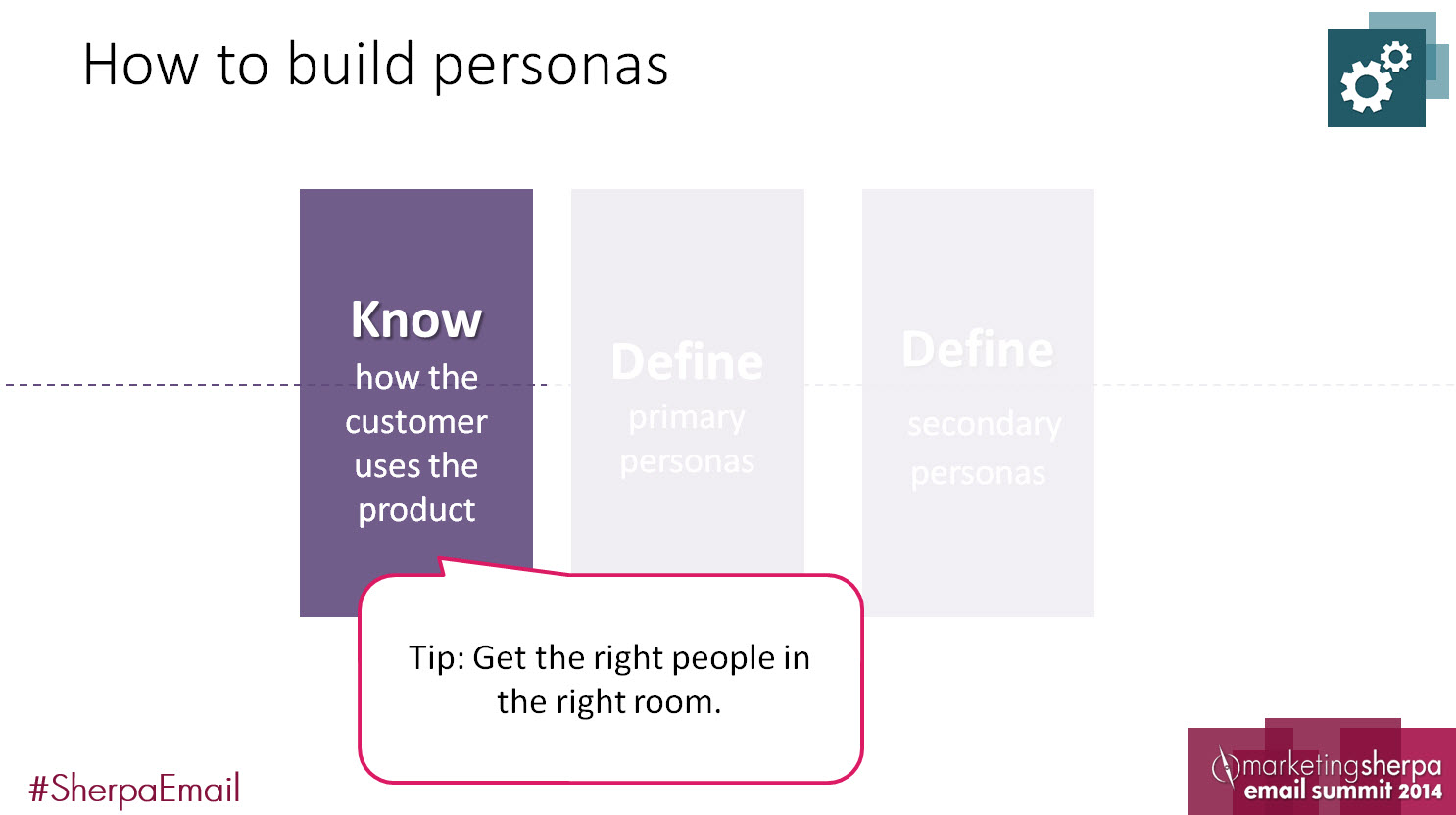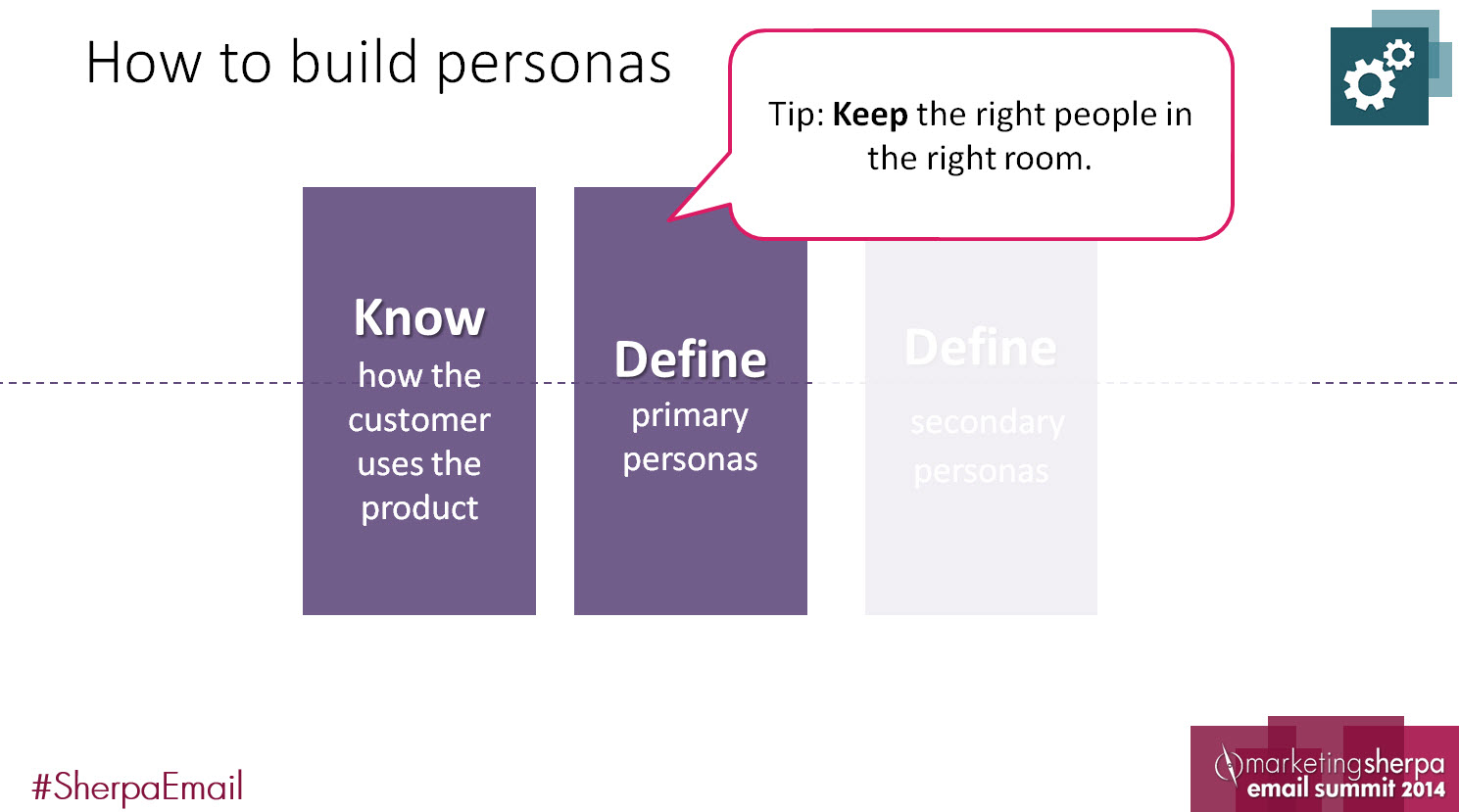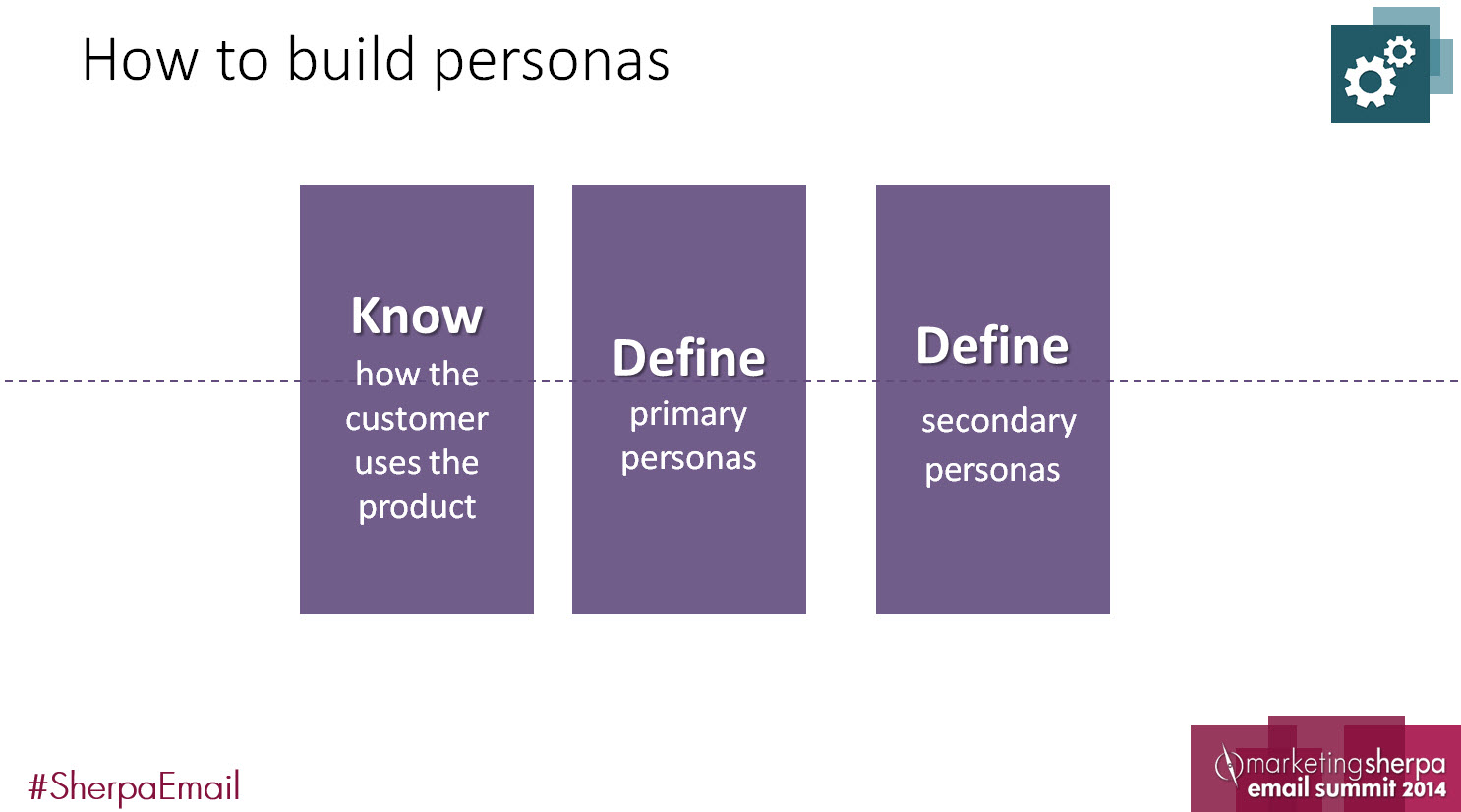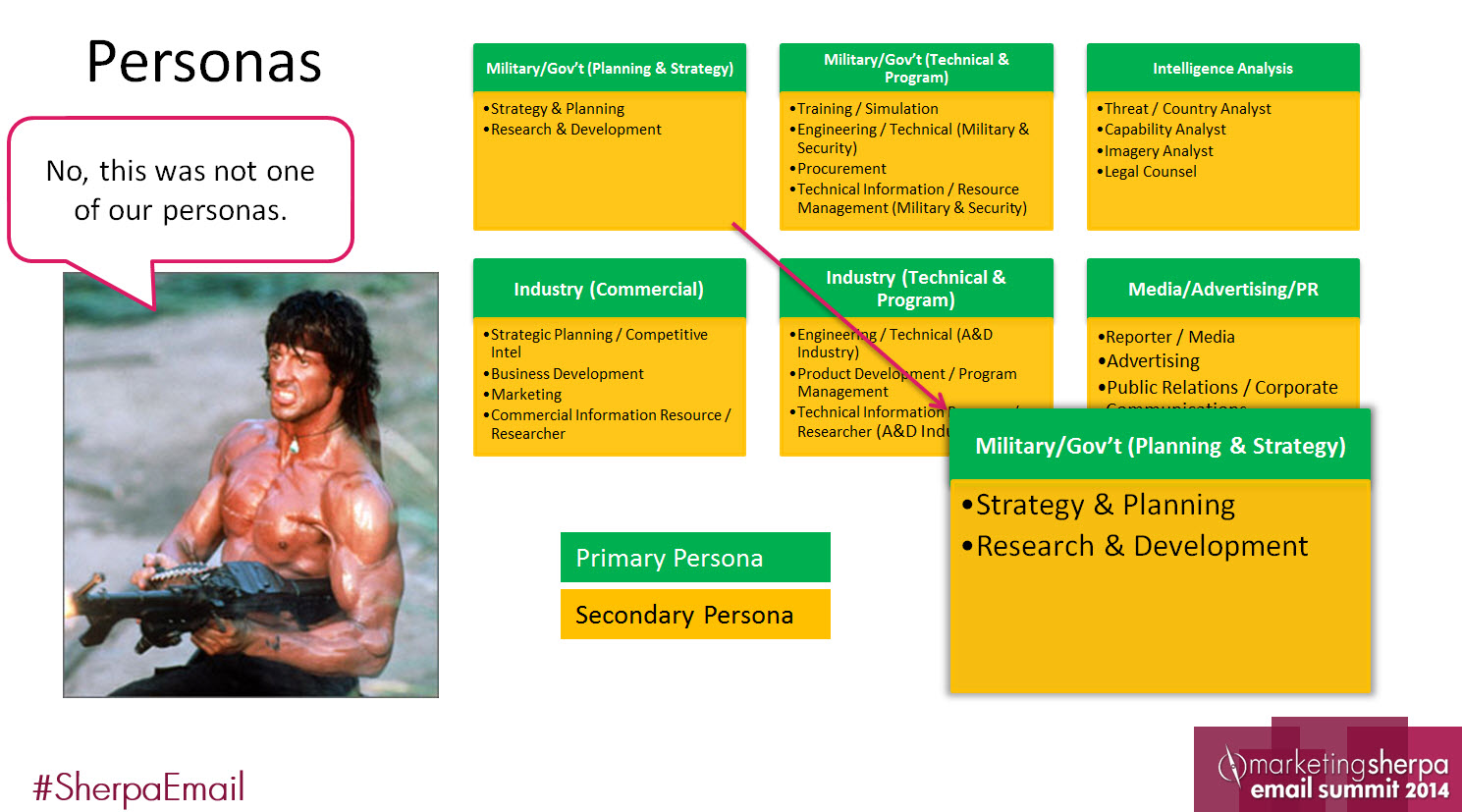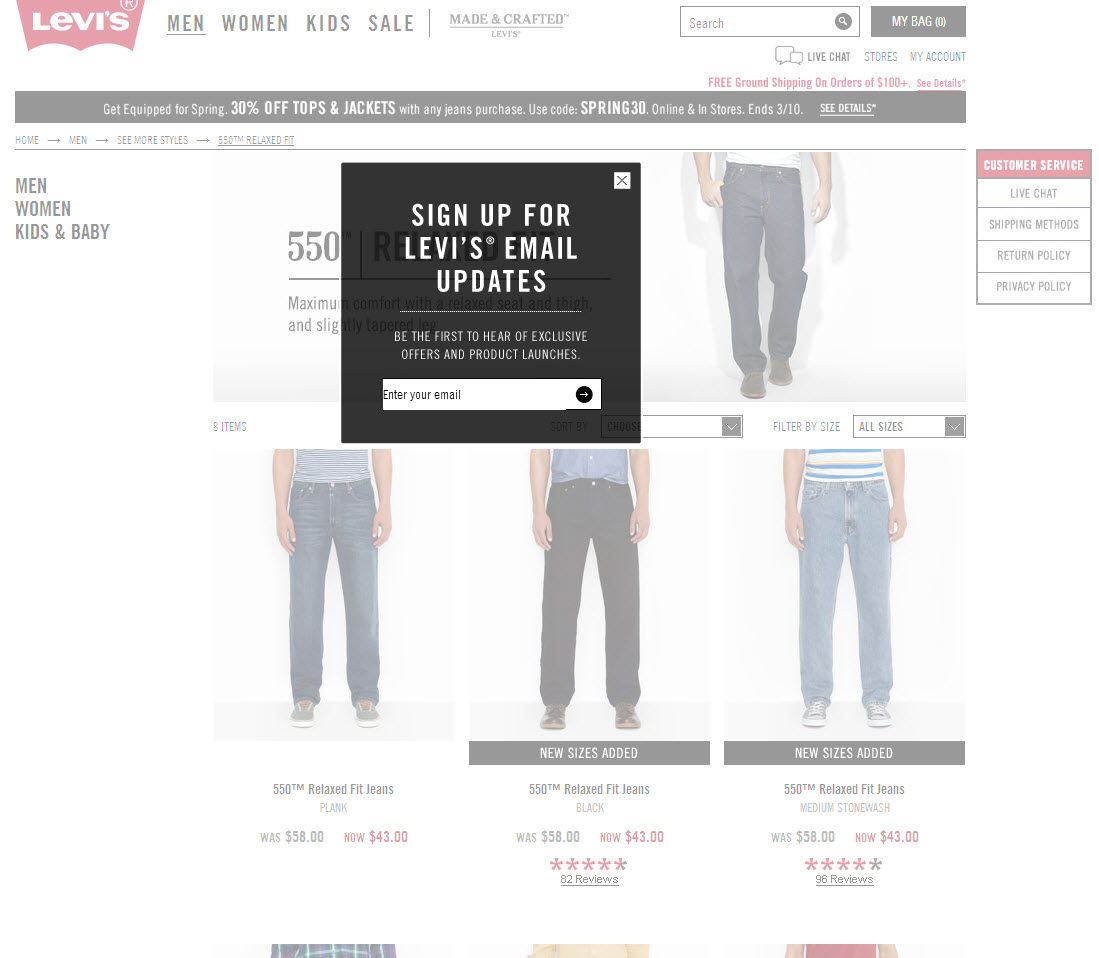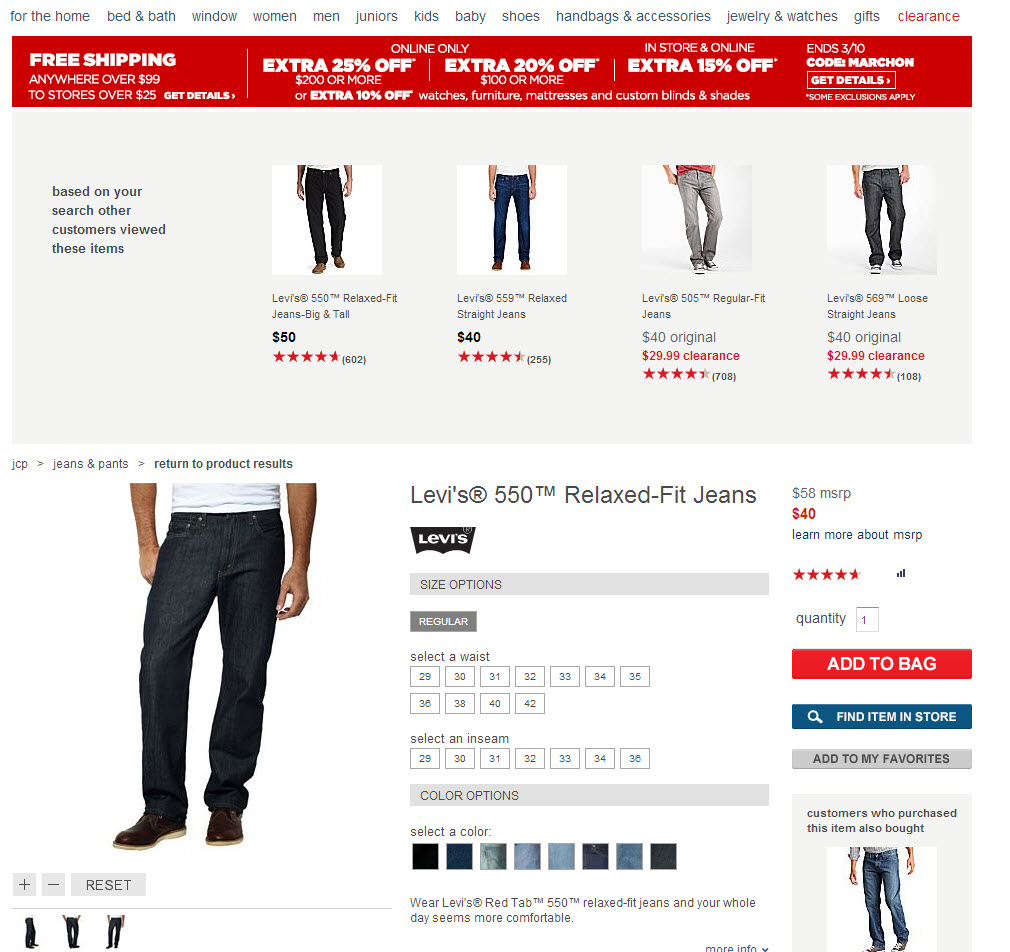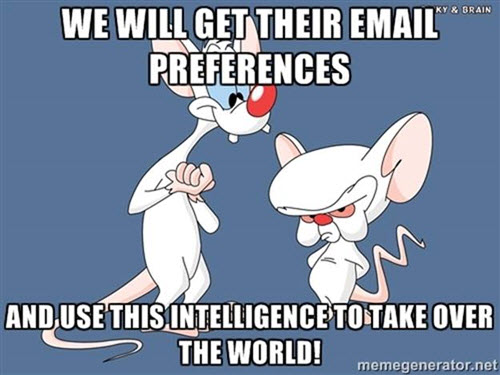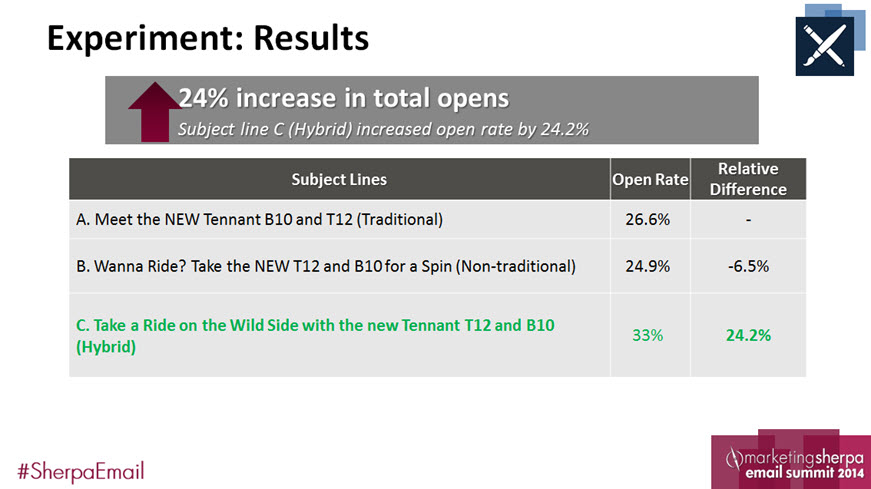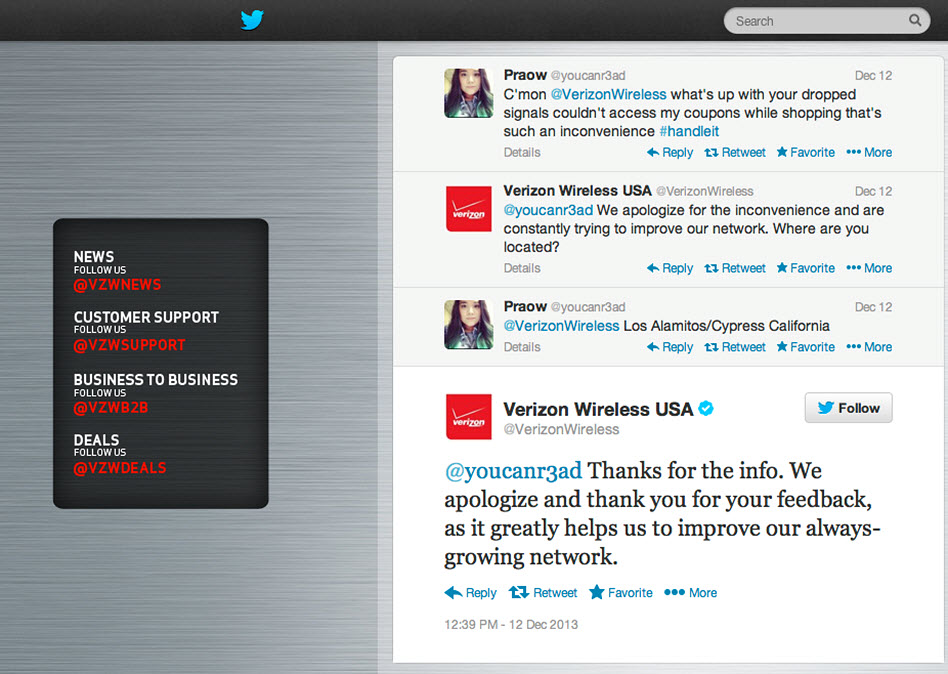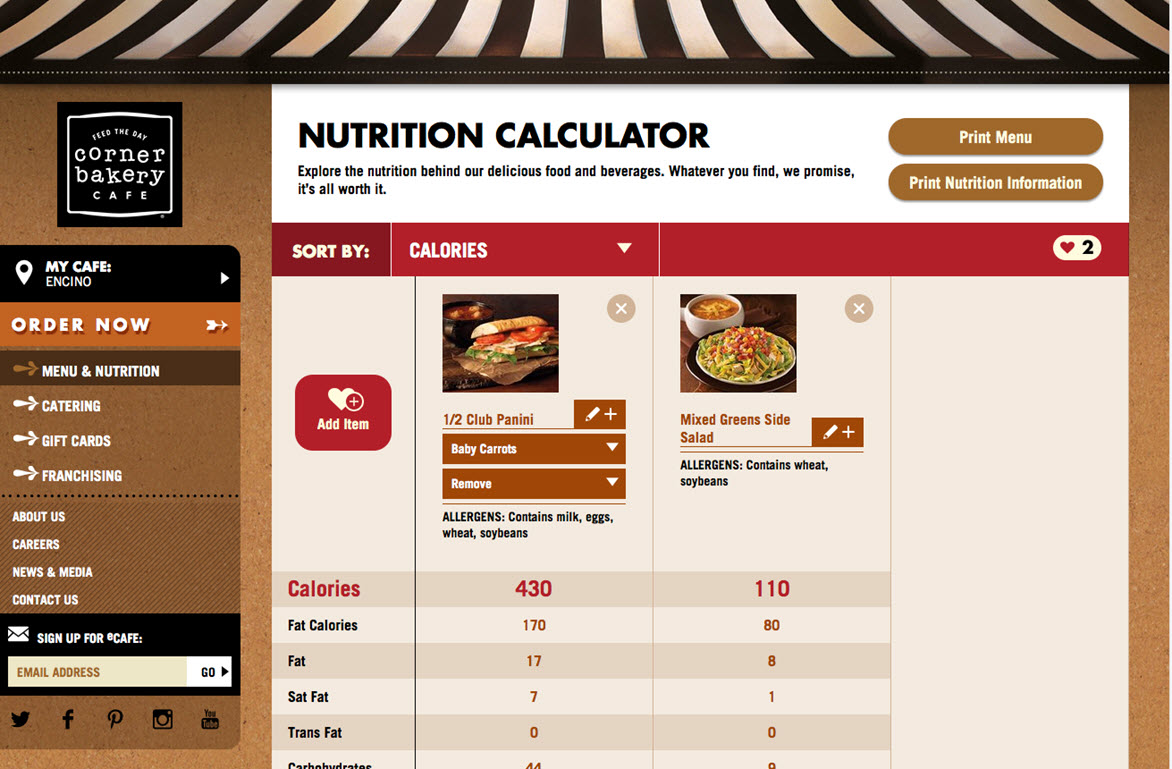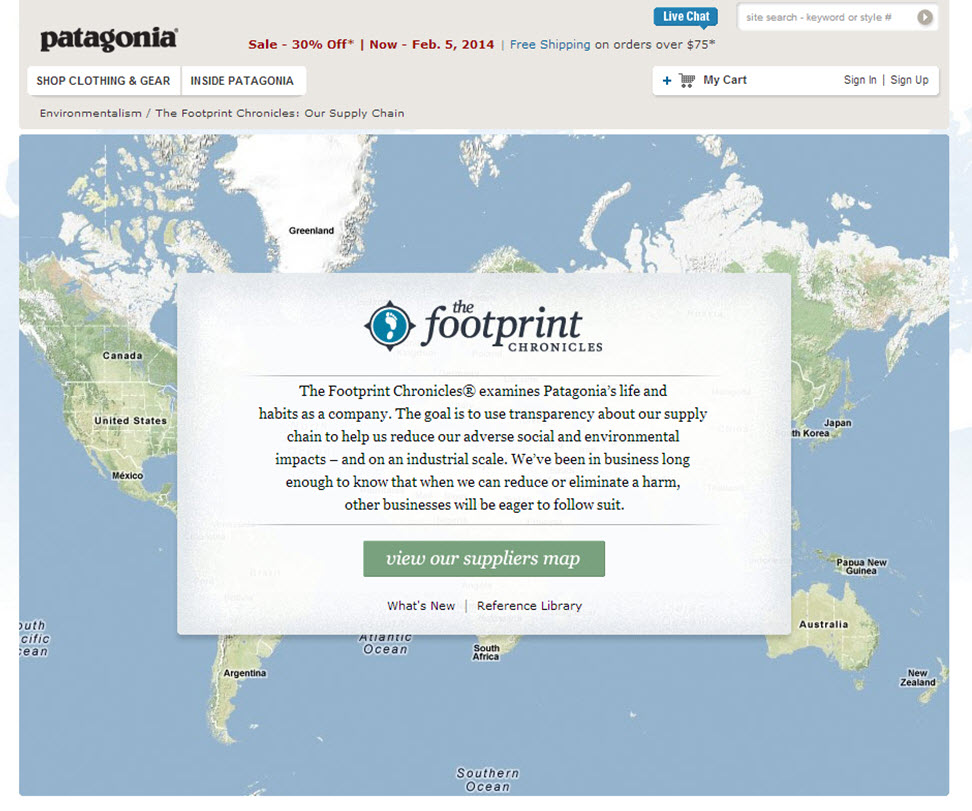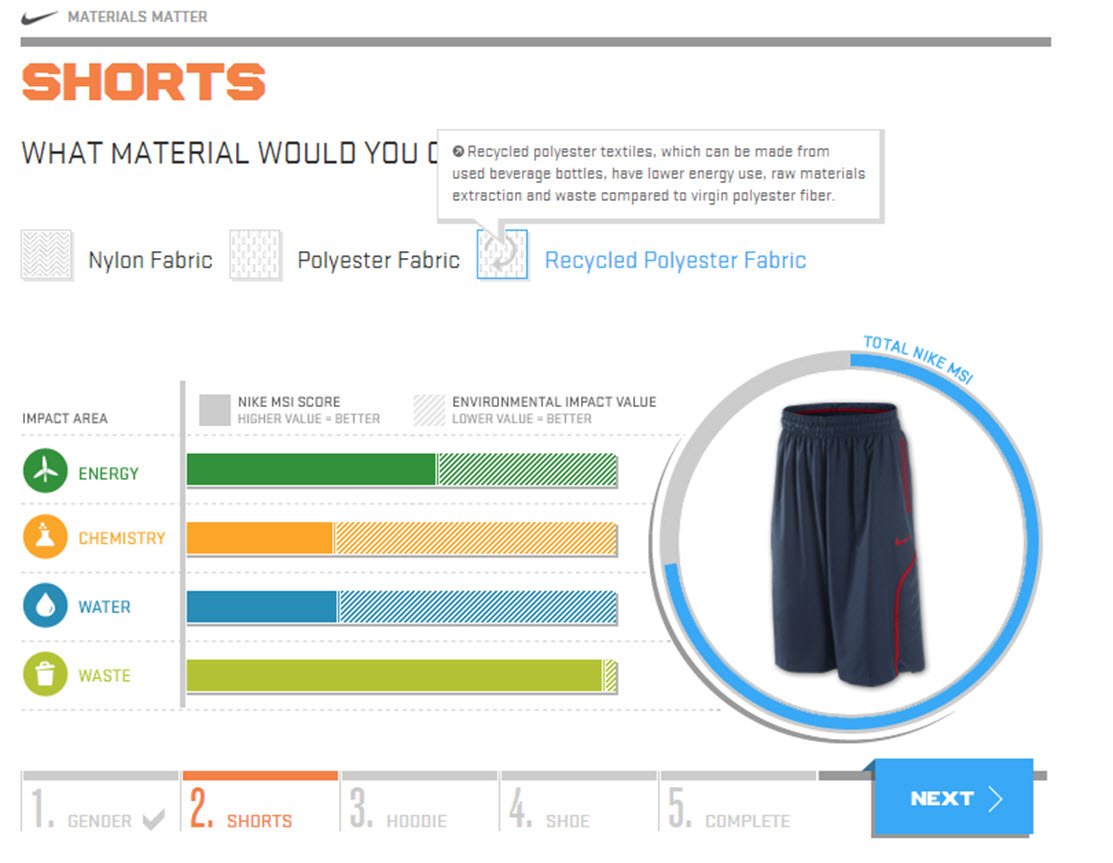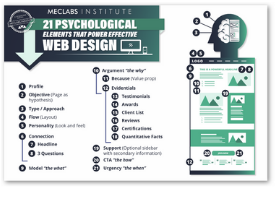Marketing 101: How to get started in lead generation
Originally published on B2B LeadBlog
I was recently reading your blog “Lead Generation: Who knows the customer better — Marketing or Sales?“ on b2bleadblog.com. It’s been really fascinating to me to try and figure all this sales and qualifying a lead thing out.
I’ve been employed to do a tough task in a small composite company that doesn’t have the finances to employ specialists. Do you have any advice or books on how to effectively get leads and qualify them and the processes involved in doing so?
Kind regards,
Philip La Trobe, business development analyst
(A young man employed to revamp a business, increase sales and address the communication lines between departments whilst increasing overall company efficiencies.)
I emailed a little more with Philip after this note, and he explained that his background is not in sales, marketing or business development, but rather materials engineering.
That was a wake-up call for me.
The challenge for anyone in B2B content marketing is to not only to create content that would impress the most experienced reader, but also to have some content that appeals to someone new to the industry.
For that reason, here is a beginner’s look at lead generation with links to many additional resources so you can dive deeper where you would like to. I’ll focus on some fundamental questions you should answer as you craft your lead gen program.
Experienced lead gen marketers reading this: What did I overlook? Please add your own advice in the comments section of this blog post.
Question #1. What do your potential customers want?
Getting leads isn’t as easy as it sounds, if it sounds easy at all. No potential customer wants to wake up in the morning and become a lead for your company.
So first, you must understand what your customers want. To figure this out, you have to answer two big questions that result in an infinite amount of more specific questions:
- What are their pain points?
- What keeps them awake at night?
- What could get them fired?
- What do they want to avoid so bad that they would dedicate 15 minutes in their busy day to learn how to avoid it? An hour? Pay $100 to know how to avoid out of their own pocket? $10,000 out of their budget?
- What is the bad outcome they are trying to avoid?
- What are the three questions they?re worried their boss or client will ask them?
- And on and on
- What are their goals?
- What could get them a promotion?
- What excites them about their job?
- What do they want to brag to colleagues about? Their boss?
- And on and on
There are many ways to learn this — surveys, social media monitoring, interviews with current customers, A/B testing, conversations with Sales, Services and Customer Support…
But the reason this is the longest section of the blog post is because the lead gen journey begins (and sometimes ends) here — what do customers want?
Helpful resources
Why Empathetic Marketing Matters and 7 Steps to Achieve It
Value Proposition: How to use social media to help discover why customers buy from you
Search Marketing: Can your marketing team identify your buyer personas?
Marketing Research Chart: Top tactics in developing buyer personae
B2B Social Media: 4 steps to get your listening dashboard started
Question #2. What value can your company deliver?
Your customers may want unicorns. But unless you run a unicorn factory, that information isn’t going to be very helpful.
What we’re getting to here is this: What promises can you make to potential customers and actually deliver on. What is your company’s value proposition?
Helpful resources
Value Proposition: A free worksheet to help you win arguments in any meeting
Powerful Value Propositions: How to Optimize this Critical Marketing Element — and Lift Your Results
Value Proposition: Why do customers act?
Digital Marketing: How to craft a value proposition in 5 simple steps
Value Proposition Development Online Course
Question #3. What is a lead?
Is it an email address that you buy from a list? Probably not. Is it someone who provides a phone number for a white paper download?
Or is it someone who raises their hand and asks for more information about your company and product? Is it someone who has a big enough budget and the proper authority to buy your product?
Before you can really generate a “lead,” you should create a universal lead definition and make sure all the key players in your company (this usually includes Sales) to agree on what you’re actually trying to get.
Keep in mind, there is an implicit trade-off here. If you want to generate higher-quality leads, you will likely get a lower quantity (and vice versa) or have to invest more resources to get the leads.
On the flip side, if you’re generating a lot of low-quality leads, the cost will probably get you when you send them to Sales, in both man hours and the relationship between Sales and Marketing, because Sales tends to involve more human resources.
Marketing, on the other hand, tends to involve less human touch, whether that’s due to marketing automation or the simple fact that a print ad can reach many more people at a much lower cost than a sales person.
Getting this step right can also help your Sales-Marketing alignment. In other words, making sure everyone involved in serving the customer before a purchase agrees on the strategy and processes to do that.
Helpful resources
Universal Lead Definition: Why 61% of B2B marketers are wasting resources and how they can stop
Intro to Lead Generation: How to determine if a lead is qualified
B2B Marketing: Why Marketing shouldn’t promise BANT qualified leads for Sales
Lead Gen: A proposed replacement for BANT
Lead Generation: Balancing lead quality and lead quantity
Sales-Marketing Alignment: 8 tactics from a marketer who has worn both hats
Question #4. How will we get leads?
This usually comes from some mix of content marketing, paid advertising, sponsorships and even affiliate programs.
This is, essentially, what most beginners think of as lead generation — the campaigns you run to engage potential buyers with your company.
This, like all these topics really, is a much bigger topic than a simple section of a blog post. But here are a few things to get you started.
Helpful resources
Marketing Research Chart: SEO most effective tactic for lead gen, but also among the most difficult
Content Marketing 101: 8 steps to B2B success
Marketing 101: What is conversion?
Orphan Forms: Marketing 101 change drives 32% increase in form completions
Inbound Marketing 101: 5 steps to help you get started
Social Media Marketing: 4 basic tips for getting started
Content Marketing: 3 tips for how to get started
Web Analytics: 3 basic insights to get you started
Lead Generation: 3 basic tips for webinar newbies
Question #5. Did we get leads?
Once prospects start responding to your campaigns, you have to determine if you really have leads. Question #3 will play a big factor in this determination. This is commonly known as lead qualification.
Helpful resources
On Lead Qualification: Steps to Convert Inquiries into Viable Sales Leads
Lead Qualification: Stop generating leads and start generating revenue
Why the Term “Marketing-Qualified Lead” Creates Serious Confusion — Part I
Question #6. What do we do with the lead?
The answer to this question probably seems fairly simple — send it to Sales.
But what you may find through this process (as you can see, one question informs another) is that what you have received through your campaigns aren’t really leads.
In the work you’ve done answering these questions with Sales, you may find that this is what Marketing would determine is a lead (Marketing-Qualified Lead) but not what Sales would consider a lead (a Sales-Qualified lead).
Lead nurturing is the process to move the prospects you’ve gathered through the funnel (or buying process) to the point they are ready to talk to a sales rep. The best definition I’ve ever heard of lead nurturing is from my colleague at MECLABS, Brian Carroll, author of Lead Generation for the Complex Sale: Lead nurturing is helping prospects whether they buy from you or not.
Helpful resources
Lead Nurturing: Build trust, win more deals by helping prospects — not selling them
What IS and ISN’T Lead Nurturing




